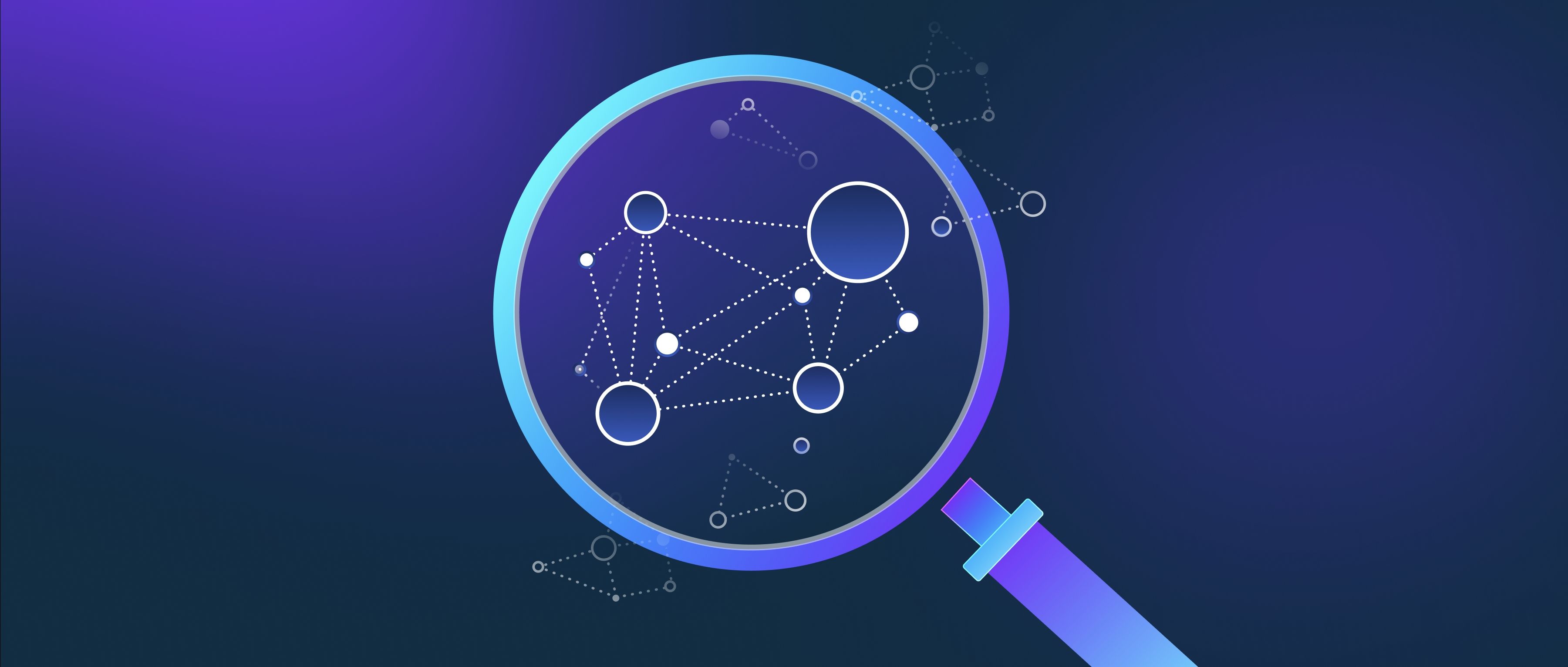Robots use artificial intelligence (AI) to adapt to new environments primarily through machine learning, sensor integration, and data processing. Machine learning allows robots to analyze data from their surroundings and improve their performance based on previous experiences. For instance, when a robot is placed in a new room, it may rely on visual and auditory sensors to understand its environment. By using algorithms that recognize patterns in the incoming data, the robot can learn to navigate obstacles and identify key features, such as doors and furniture.
Another important aspect is the use of sensors. Robots are equipped with various sensors, including cameras, LiDAR, and ultrasonic sensors, to gather real-time information. When a robot enters a new environment, it processes this data to create a map that represents the space around it. For example, a delivery robot might use its cameras and LiDAR to detect people and objects, allowing it to adjust its path. This capability is essential for dynamic environments where conditions change frequently, such as busy streets or crowded buildings.
Finally, AI enables robots to make decisions based on the information they collect. Using techniques like reinforcement learning, robots can learn from their actions and outcomes. If a robot tries to navigate an area and encounters an obstacle, it can adjust its approach based on the success or failure of that maneuver. This learning process can happen continuously, improving the robot's ability to handle new situations over time. For instance, autonomous vacuum cleaners learn the layout of a house after several cleaning sessions, enhancing their efficiency as they operate in that space again. Overall, the combination of machine learning, sensory input, and decision-making capabilities allows robots to adapt effectively to new environments.
